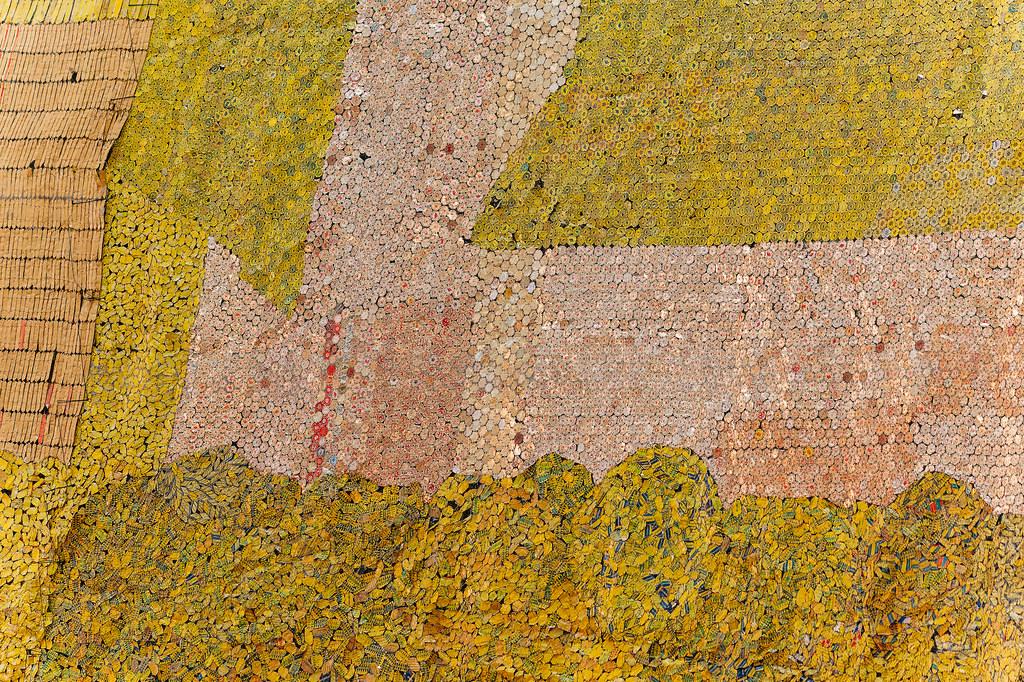Step into the fascinating world of molecular interactions and discover the hidden force known as London dispersion. In the realm of chemistry, where atoms dance and molecules mingle, this subtle yet powerful phenomenon plays a crucial role. Join us on a journey to unravel the mysteries of London dispersion and delve into the intricate tapestry of scientific wonders it weaves. Let’s explore the captivating realm where molecules whisper secrets that shape the very essence of our world.
Table of Contents
- Delving Into the World of London Dispersion Forces
- Understanding the Role of London Dispersion in Molecular Interactions
- Unveiling the Intricacies of London Dispersion: Key Concepts and Examples
- Maximizing London Dispersion Forces in Material Science Applications
- Q&A
- Closing Remarks


Delving Into the World of London Dispersion Forces
London Dispersion Forces, also known as Van der Waals forces, play a crucial role in chemistry and physics, influencing interactions between molecules that contribute to various properties of matter. These forces arise from temporary fluctuations in electron distribution within atoms or molecules, leading to temporary and subtle attractive forces between them.
In the world of molecular interactions, London Dispersion Forces are fascinating for their ubiquitous presence, even in nonpolar molecules where they are the primary intermolecular force. Despite being considered weak compared to other types of bonds, these forces are essential for phenomena such as the formation of liquids from gases and the existence of condensed phases like solids. Understanding the nuances of London Dispersion Forces can shed light on various natural processes and synthetic material design at the molecular level.

Understanding the Role of London Dispersion in Molecular Interactions
London dispersion forces play a crucial role in molecular interactions, influencing the behavior of atoms and molecules in intriguing ways. These temporary attractive forces, also known as van der Waals forces, arise from the fluctuations in electron distribution within molecules. Despite being considered weak interactions compared to covalent or ionic bonds, London dispersion forces can significantly impact the properties and behavior of substances.
Key Points to Understand About London Dispersion:
- London dispersion forces are present in all molecules and atoms.
- These forces increase with the size of the electron cloud and higher polarizability.
- The strength of London dispersion forces contributes to physical properties like boiling point and solubility.
Exploring the intricacies of London dispersion can provide valuable insights into the world of molecular interactions, shedding light on the subtle yet significant forces that govern the behavior of matter at the molecular level. Understanding these forces is essential for grasping the broader dynamics of chemistry and materials science, unveiling the hidden influences that shape the properties and interactions of diverse substances.
Unveiling the Intricacies of London Dispersion: Key Concepts and Examples
London Dispersion forces, also known as Van der Waals forces, play a crucial role in understanding molecular interactions. These intermolecular forces are caused by temporary fluctuations in electron distribution within molecules, resulting in a temporary dipole moment. Despite being the weakest type of intermolecular force, London Dispersion forces contribute significantly to the properties of various substances.
In examples such as nonpolar molecules like noble gases or hydrocarbons, London Dispersion forces are the dominant intermolecular force at play. These forces are responsible for the condensation of gases into liquids and the solidification of liquids into solids. Understanding the nuances of London Dispersion helps elucidate how molecules interact in various substances, influencing their physical properties. To delve deeper into the intricacies of London Dispersion, let’s explore some key concepts and examples:
| Substance | Example |
|---|---|
| Chlorine (Cl2) | Considered a polarizable molecule due to its temporary dipoles. |
| Fluorine (F2) | Exhibits London Dispersion forces despite being a nonpolar molecule. |


Maximizing London Dispersion Forces in Material Science Applications
London dispersion forces play a crucial role in the field of material science, influencing various properties of substances. Understanding how to maximize these forces can lead to significant advancements in developing innovative materials with unique characteristics. By manipulating the electron distributions within molecules, researchers can enhance London dispersion forces, resulting in stronger intermolecular attractions.
In material science applications, optimizing London dispersion forces can improve properties such as adhesion, tensile strength, and thermal conductivity. Through careful molecular design and structural modifications, scientists can increase the potential for interactions between molecules, ultimately influencing the overall performance of the material. Experimentation with different molecular configurations and compositions can provide valuable insights into maximizing London dispersion forces for targeted applications.
Q&A
Q: What is London dispersion and how does it work?
A: London dispersion, also known as dispersion forces or Van der Waals forces, is a type of weak intermolecular force that exists between all atoms and molecules. These temporary forces are caused by the constant shifting of electron clouds, creating momentary dipoles that attract each other.
Q: How does London dispersion affect molecules in everyday life?
A: London dispersion forces play a crucial role in various phenomena we encounter daily. From enabling geckos to walk upside down on surfaces to influencing the boiling points of liquids, these forces impact the behavior and properties of different substances.
Q: Can London dispersion forces influence the physical state of matter?
A: Absolutely! In substances where London dispersion forces are the dominant intermolecular force, such as in nonpolar molecules like noble gases, these forces contribute to the condensation of gases into liquids and the solidification of liquids into solids.
Q: How do scientists study London dispersion forces?
A: Scientists have developed models and theories to understand the intricacies of London dispersion. These include molecular orbital theory and quantum mechanics, which provide insights into the interactions between atoms and molecules governed by Van der Waals forces.
Q: Are there any real-world applications of London dispersion forces?
A: Yes, indeed! London dispersion forces are harnessed in various fields, including materials science, pharmaceuticals, and nanotechnology. Understanding and manipulating these forces can lead to the development of advanced materials and technologies with specific desired properties.
Closing Remarks
As we unravel the mysteries of the microscopic world, London dispersion forces stand as a silent yet powerful force shaping the interactions of molecules. From the subtle attractions between atoms to the fascinating behaviors of complex compounds, the influence of these temporary dipoles extends far beyond the confines of a chemistry lab. Through understanding the nuances of London dispersion, we open the door to a deeper comprehension of the intricate dance of particles that governs the very fabric of our universe. So, next time you marvel at the wonders of the world around you, remember the humble yet significant role played by London dispersion forces in shaping the beauty and complexity of the natural world.




0 Comments